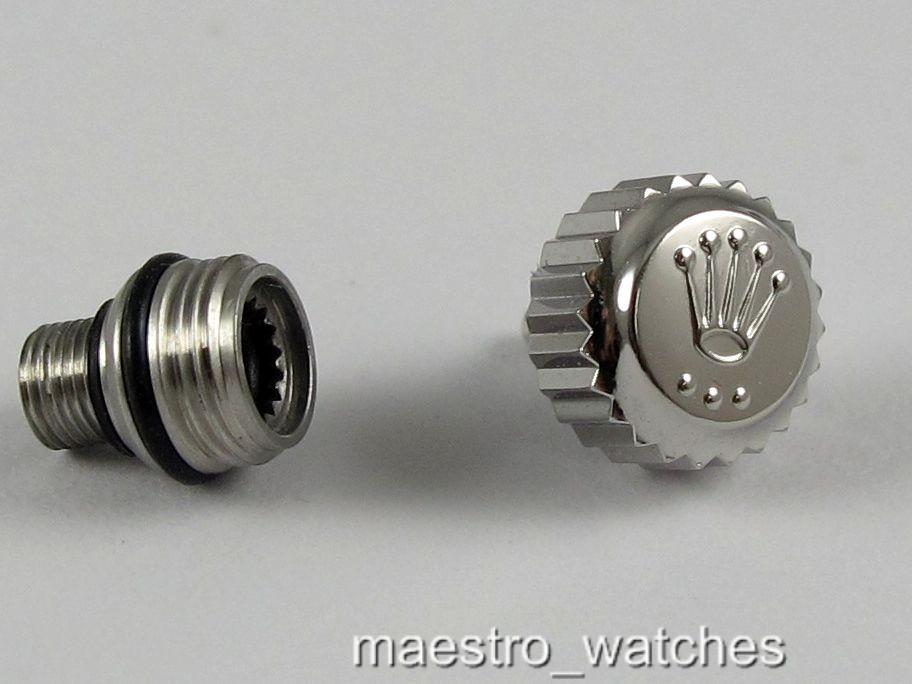So why i ask this question..
One day after shower i saw that my watch(skx007) has some fog under the crystal. The crown was screwed all the way down btw and the watch is relatively new, few months of use.
I was curious so i opened the case and i was surprised to see that my crown has no gasket O_O.
Is it possible for water from a shower or swimming to get in the watch even if my crown is screwed down all the way?
Im asking this because im kinda new to the world of watches, specially to automatic diver watches, its my first auto dive watch.
After i saw that my watch is missing a crown gasket i ordered new one from ebay with some silicone grease for gaskets with the intention to install it myself.
My second question is, is there any other way of water to get into a new diving watch?
Thanks
One day after shower i saw that my watch(skx007) has some fog under the crystal. The crown was screwed all the way down btw and the watch is relatively new, few months of use.
I was curious so i opened the case and i was surprised to see that my crown has no gasket O_O.
Is it possible for water from a shower or swimming to get in the watch even if my crown is screwed down all the way?
Im asking this because im kinda new to the world of watches, specially to automatic diver watches, its my first auto dive watch.
After i saw that my watch is missing a crown gasket i ordered new one from ebay with some silicone grease for gaskets with the intention to install it myself.
My second question is, is there any other way of water to get into a new diving watch?
Thanks









